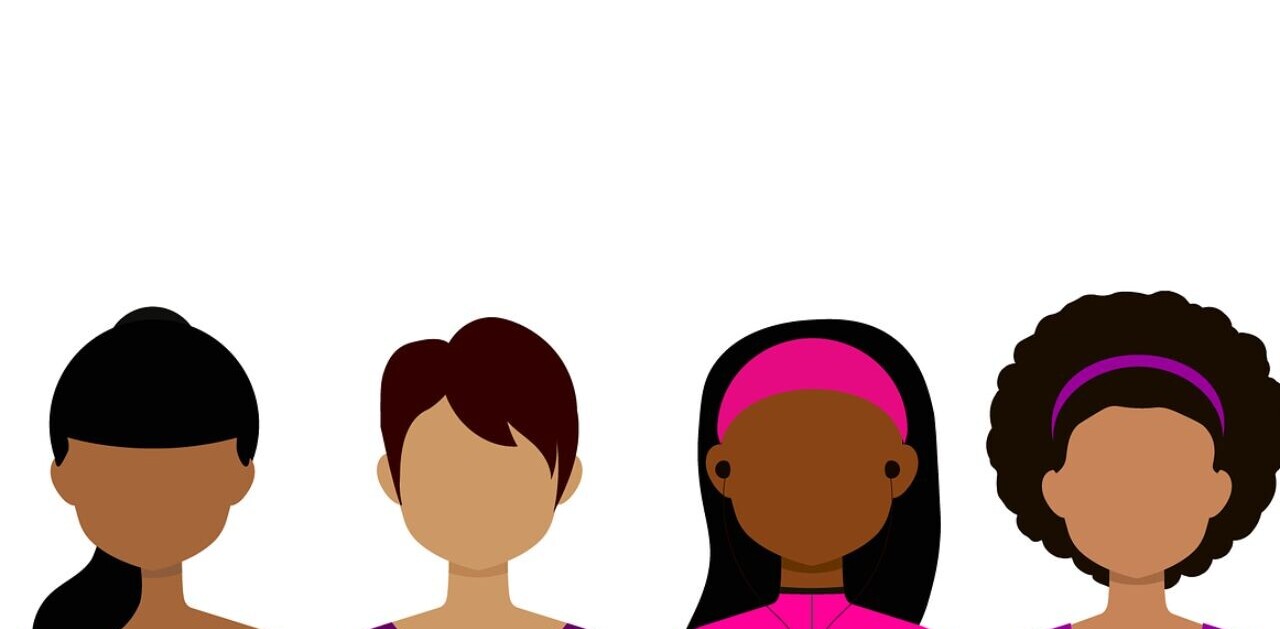
App downloads are at an all-time high, but a growing number of innovators believe that a world beyond them is the next frontier for technology.
We’re constantly shuffling back and forth from one app to another to carry out daily tasks. But this can be cumbersome, a drain on devices, and time-consuming. It’s not unusual for people to use a combination of apps simultaneously to carry out one task. Just think about all those times when you had to switch to your email, while using another app, because you needed to verify something in your inbox.
With people averaging four to five hours on their phones daily, this eventually adds up to a lot of wasted time and money. A recent study in Harvard Business Review found that workers toggle between apps and websites 1,200 times a day, which adds up to the equivalent of five weeks a year. Now imagine that combined with your device usage outside of work.
Not only is it time consuming, it also zaps people’s energy and productivity due to what’s known in neuroscience as ‘context switching.’
In less than two decades, we’ve gone from wishing there was “an app for that” to having an abundance of choices. At first glance, this may appear to be a benefit. In reality, it points to an underlying issue in the app ecosystem — there are so many apps, but very few of them actually do what we want them to do for us.
Leading voices in the tech community say the emergence of low and no-code tools, coupled with unparalleled access to data in the cloud, provide the opportune moment to reimagine how we build app-driven experiences.
As cloud platforms have become a staple across many apps, they already contain swathes of data which could act as the building blocks for this reorientation towards app development. But what could this new paradigm look like? What does it take to make it a reality? And will this be the end of apps as we know it?
From app domination to no apps
Join any current conversation about the future of app development, and you’ll hear two diverging schools of thought.
Proponents of the ‘super app’ believe one holistic app should perform the activities of multiple apps. However, this would most likely be built and run by a Big Tech company. For example, WeChat allows users to, not just chat, but also shop, pay bills, and access government services. Meta’s move to allow users to sign in to multiple platforms using their Facebook account, or shop directly in Instagram, could be seen as a precursor to this.
Web3 enthusiasts, on the other hand, believe that the future will be a decentralized app ecosystem where users’ preferences, versus boardroom decisions, will drive the market forward. This world would place more emphasis on data privacy and attempt to break up the influence Big Tech currently has on the market.
The emergence of low and no-code tools is key to democratizing development.
While both approaches diverge in their reasoning, they fundamentally point to dissatisfaction with the current app landscape. But will we have to choose between the loss of privacy versus an avalanche of new apps?
The challenge is that prebuilt experiences are unlikely to fulfill unforeseen needs and innovation that doesn’t fit within broader company goals.
For example, a salon booking app’s primary aim is to enable clients to book and reserve appointments, which directly correlates to the business goals of increasing revenue for the app developer and its business customers.
But what if salon customers actually want an app that can show them how they would look with different hairstyles or allow them to send images of their desired ‘do’ ahead of booking. And what if the user wants to double-check their calendar to see if a particular time clashes with another appointment, or find out what the weather will be like on the available dates?
Without a perspective that accounts for the end-to-end experience of getting your hair done, beyond the existing app’s capabilities, those unexamined needs can be challenging to surface, resulting in missed opportunities to truly engage with users beyond the obvious.
Rather than relying on companies to create an app that can kinda or partially solve their needs, some believe we’re moving into an era beyond apps, where people can connect directly with the services they need in the cloud, without an app acting as a middleman.
The convergence of no-code and the cloud
The emergence of low and no-code tools is key to democratizing development to the wider public. The accessibility of low and no-code tools gives people the opportunity to express their needs through the technology they’ve built, even if they don’t have the technical vocabulary to bring those ideas to life. Similarly, engineering teams can also benefit from these tools by quickly creating applications and services, without the need to wade into a lot of technical detail.
But being able to create a tool isn’t enough. To build a truly personalized experience, we need data.
With over 140 billion app downloads, our technology usage has created a rich trove of data across multiple apps. Combined, each app represents a fuller and unique profile of our identity and preferences.
Instead of shoehorning data into one app through several APIs, tech innovators like a16z General Partner Peter Levine envision being able to seamlessly combine data so that users can query requests from a single source of truth. The result would be a service that allows users to connect directly with the cloud to access uniquely personalized information depending on their request.
The convergence of these trends is bringing new technologies to the foreground. In tandem with these industry-led developments, one novel approach is the brainchild of leading GraphQL company Apollo Graph, Inc, which is enabling the tech industry to take an app-less approach through the development of a new ‘supergraph’ architecture.
Making the supergraph simple for all
The supergraph creates a network of a company’s data capabilities and microservices. It allows teams to develop their backend independently by combining data from multiple resources without the hassle and strain that would otherwise come with creating a custom graph.
Peggy Rayzis, Senior Director of Developer Experience at Apollo, tells TNW that the supergraph will lower the barrier for app development. “By making it more approachable and reducing that time, you’re going to see even more innovation, and because the supergraph is so flexible, you can use it for any type of app.”
While Rayzis notes there are countless uses for the supergraph, she points to the likes of ecommerce and travel companies using this novel technology to transform their platforms.
Making rigid app development more flexible opens doors to new models and experiences.
Say, for instance, you’re booking a trip and want to stay somewhere that serves your favorite meals. Instead of having to piece this information together yourself, a platform using the supergraph could search data from your food delivery and takeout app, alongside your flight search history and previous hotel stays to determine which destinations and hotels would best suit your preferences. The answers that emerge result from each person’s individual needs, resulting in bespoke information being served up. This flexible and fluid design caters to the unique needs of each individual, centring its output based on the individual using it.
Tools like Apollo’s supergraph allow app developers to take a big-picture look at what data combinations would be most helpful for customers. As a result, they’re able to build an architecture that centers around the needs of the user, intuitively helping people answer queries effectively and efficiently.
Instead of writing hundreds of lines of code,” Rayzis says, “You can open up Explorer, our GraphQL IDE, and with no code at all, click on a plus sign to construct that query. That’s a really great example of how the supergraph facilitates and makes app development more approachable through low code tools.”
Rather than a platform awkwardly connecting to multiple APIs, engineering teams can seamlessly bring in data from various sources and create a central source of truth that allows them to create a flexible and modular structure suited to the individual.
Why it’s time to reimagine apps
In the same way that apps took time to become mainstream, this renewed approach to development could change how people interact with technology. Now that we’ve made the cloud a rich source of data for countless apps, we can encapsulate all of that data in ways that improve the experience for each individual user, rather than a vague cross section of them.
Creating architecture shaped by the user experience challenges long-established norms we’ve grown accustomed to but signals a path forward that’s useful for engineering teams and users alike. Making rigid app development more flexible opens doors to new models and experiences that are a significant win for both sides.
Get the TNW newsletter
Get the most important tech news in your inbox each week.





